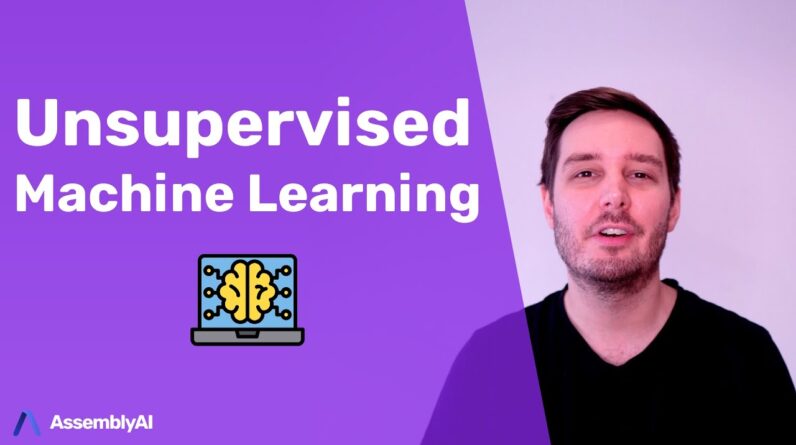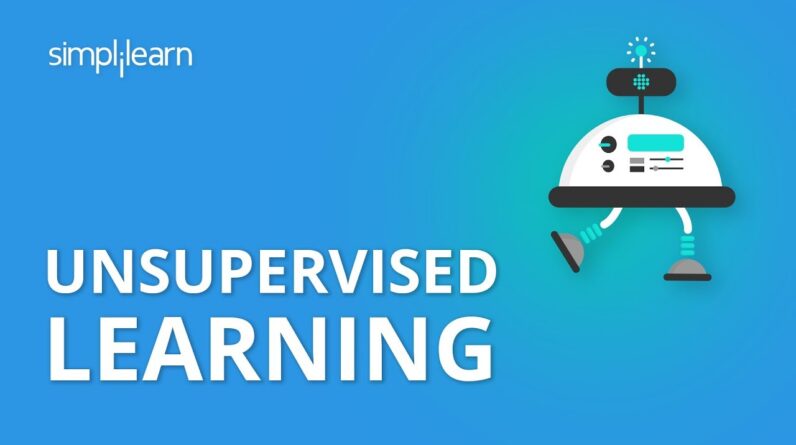Welcome to our comprehensive guide on exploring the differences between supervised and unsupervised learning. If you are interested in understanding how machine learning algorithms work and their applications, you’ve come to the right place. In this guide, we will delve into the fundamental principles of supervised and unsupervised learning, highlighting their differences, use cases, and challenges. By the end of this guide, you will have a solid understanding of both these learning techniques and how they are leveraged to solve real-world problems. Let’s get started!
Exploring the Differences Between Supervised and Unsupervised Learning: A Comprehensive Guide
Machine learning is a crucial aspect of modern technology, and it affects our daily lives in many ways, from online search engines to digital assistants. There are various approaches to machine learning, but two of the most common ones are supervised and unsupervised learning. In this article, we’ll explore the differences between them to help you understand which approach to use in different scenarios.
Introduction
Before diving into the details of supervised and unsupervised learning, we need to discuss what machine learning is. Machine learning is a subset of artificial intelligence (AI) that involves the use of algorithms to enable systems to learn and improve from experience over time. Machine learning comes in various forms, including supervised, unsupervised, reinforcement, deep learning, and others.
Supervised and unsupervised learning both have their unique benefits and shortcomings that determine their applicability in different use cases. In this comprehensive guide, we’ll explore the differences between supervised and unsupervised learning, their advantages, and when to use them.
Supervised Learning
Supervised learning involves the use of labeled data to train an algorithm to produce an accurate response when presented with new data. The labeled data is already classified and has an associated output or target variable.
How Does Supervised Learning Work?
Suppose you want to train a machine learning model to recognize images of different animals. To do this, you need a dataset of labeled images of different animals, where each image has a label that corresponds to the animal type in the image. The training algorithm uses this labeled data to learn the underlying patterns or features of each animal type so that it can accurately classify new images.
Advantages of Supervised Learning
- Supervised learning is relatively easy to implement, especially if you have a labeled dataset.
- Supervised learning produces highly accurate results because it has labeled data to learn from.
- Supervised learning is ideal for problems where the output or target variable is known.
When to Use Supervised Learning
- When you want to predict a specific outcome.
- When you have labeled data available.
- When you want to classify or categorize data.
Unsupervised Learning
Unsupervised learning involves finding patterns and similarities in unlabeled data and grouping them into clusters based on their similarities.
How Does Unsupervised Learning Work?
Suppose you have a dataset containing various images, but you don’t have labels that can identify each image. Instead, you want to extract features that are similar across multiple images and group the images based on those similarities. Unsupervised learning algorithms analyze the data to find relationships between different features or patterns and group similar data points into clusters.
Advantages of Unsupervised Learning
- Unsupervised learning is ideal for discovering hidden patterns in data that are not immediately obvious.
- Unsupervised learning can work with unlabeled data, which is often the case in real-world scenarios.
- Unsupervised learning is useful for exploring unknown data and generating insights.
When to Use Unsupervised Learning
- When you have a large dataset with no labels.
- When you want to discover hidden patterns in data, such as customer behavior or user trends.
- When you want to group similar items together.
Conclusion
Supervised and unsupervised learning are two of the most popular machine learning techniques. Supervised learning is best suited for labeled datasets and can be used to classify data or predict outcomes. Unsupervised learning is ideal for discovering hidden patterns in unlabeled data. Knowing the differences between these two approaches will help you choose the right one for your specific needs.
FAQs (Frequently Asked Questions)
- What are some real-world applications of supervised learning?
Answer: Some common applications of supervised learning include fraud detection, image recognition, and predictive maintenance. - Can unsupervised learning be used in the financial sector?
Answer: Yes, unsupervised learning can be used in financial sector applications such as risk analysis and fraud detection. - How can machine learning be incorporated into the healthcare industry?
Answer: Machine learning can be used to predict patient outcomes, personalize treatment plans, and analyze large sets of medical data. - Can machine learning algorithms be biased?
Answer: Yes, machine learning algorithms can be biased, especially if they are trained on biased data. - What are some challenges when working with unsupervised learning?
Answer: Some of the challenges of unsupervised learning include difficulty in evaluating the results, choosing the right similarity metrics, and dealing with noise in the data.






